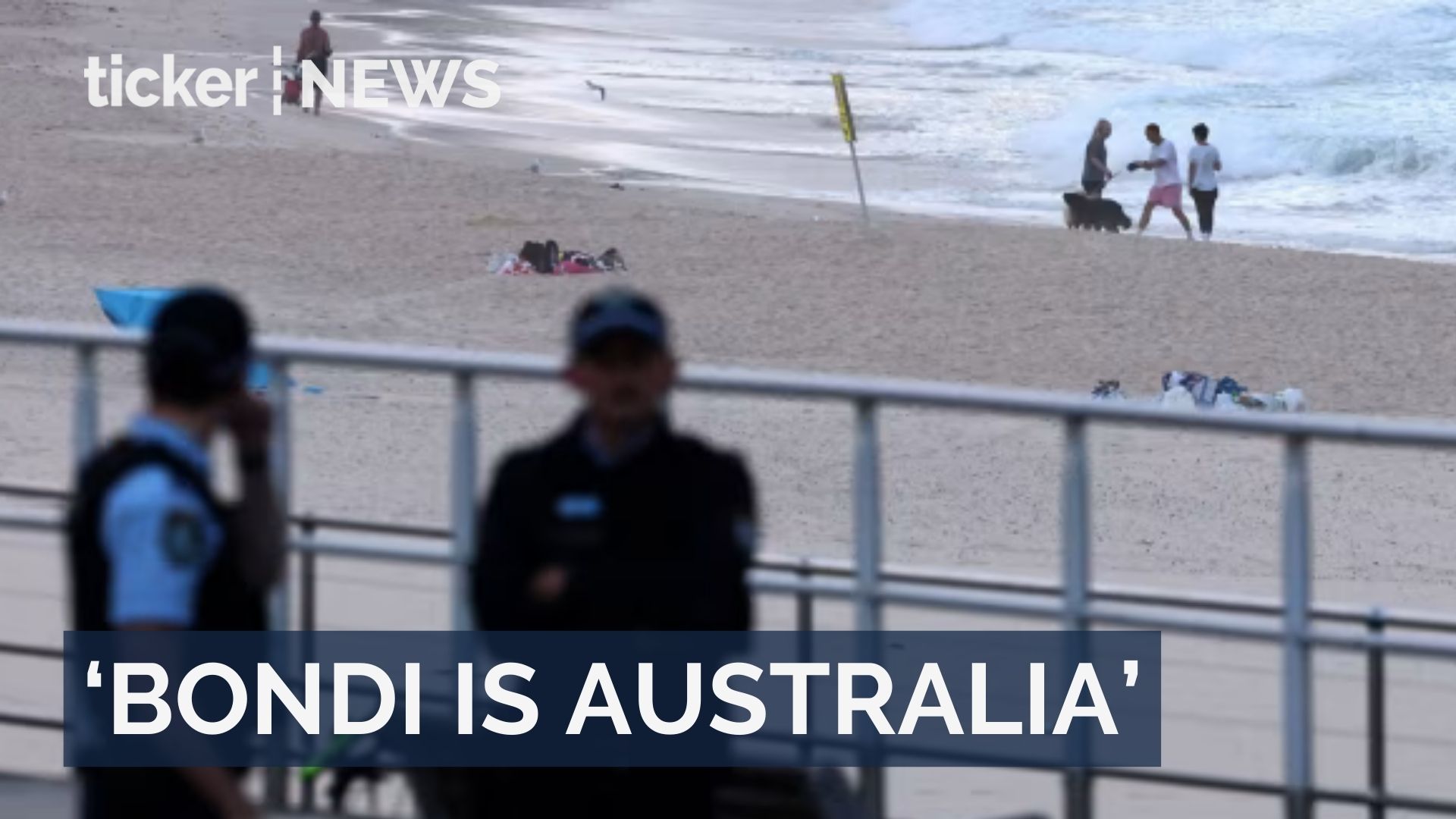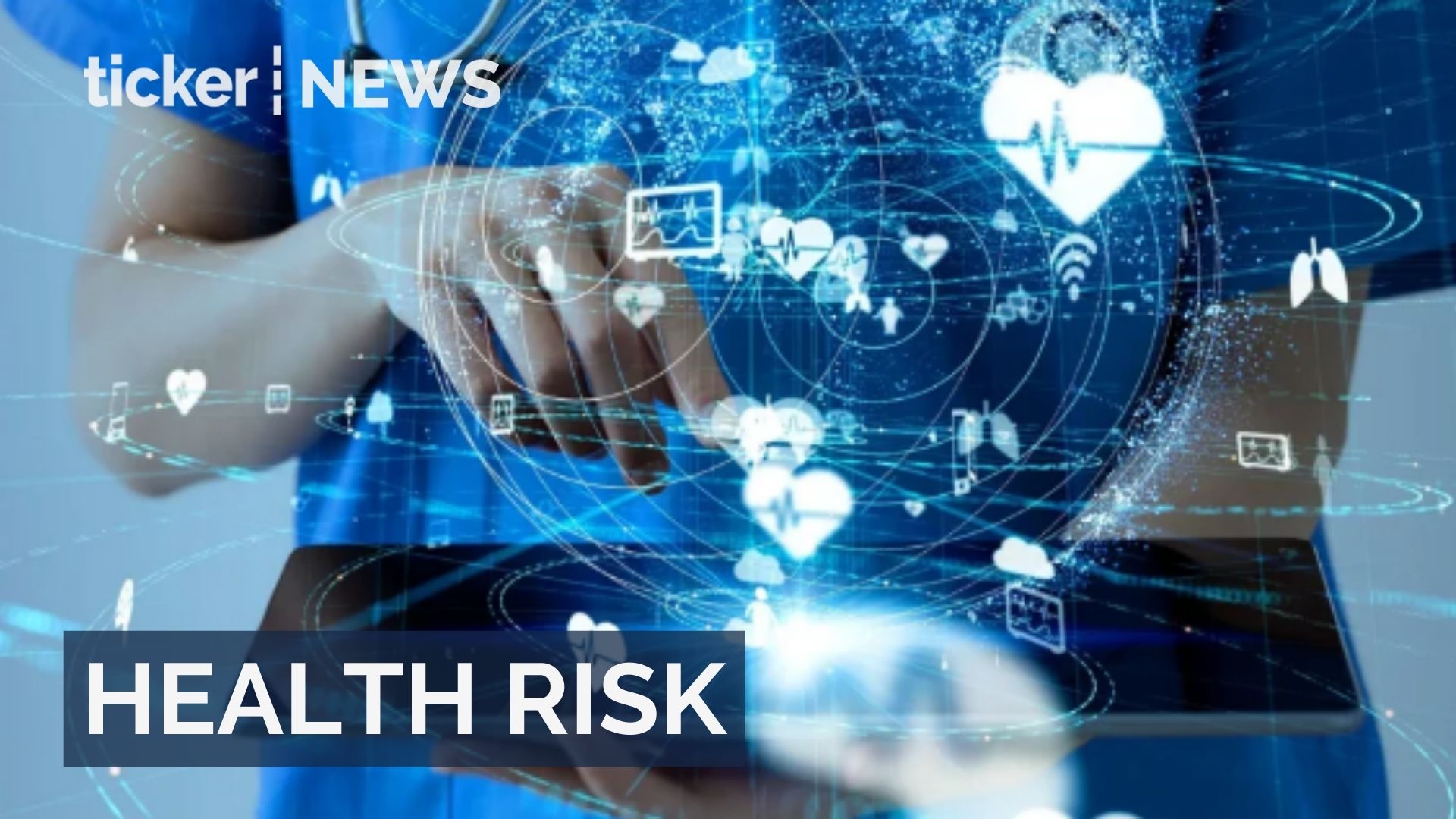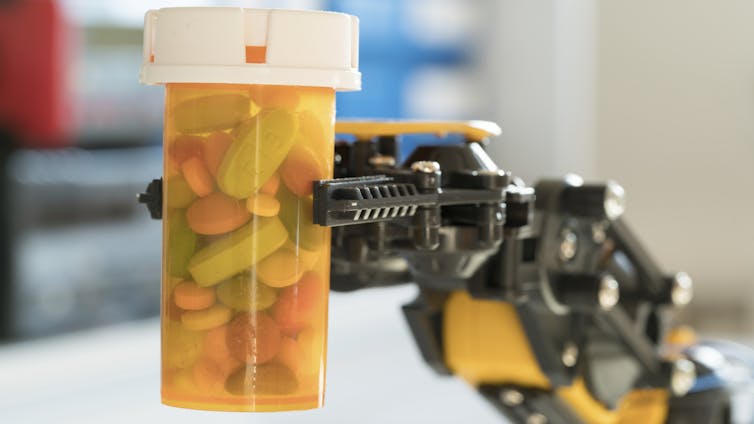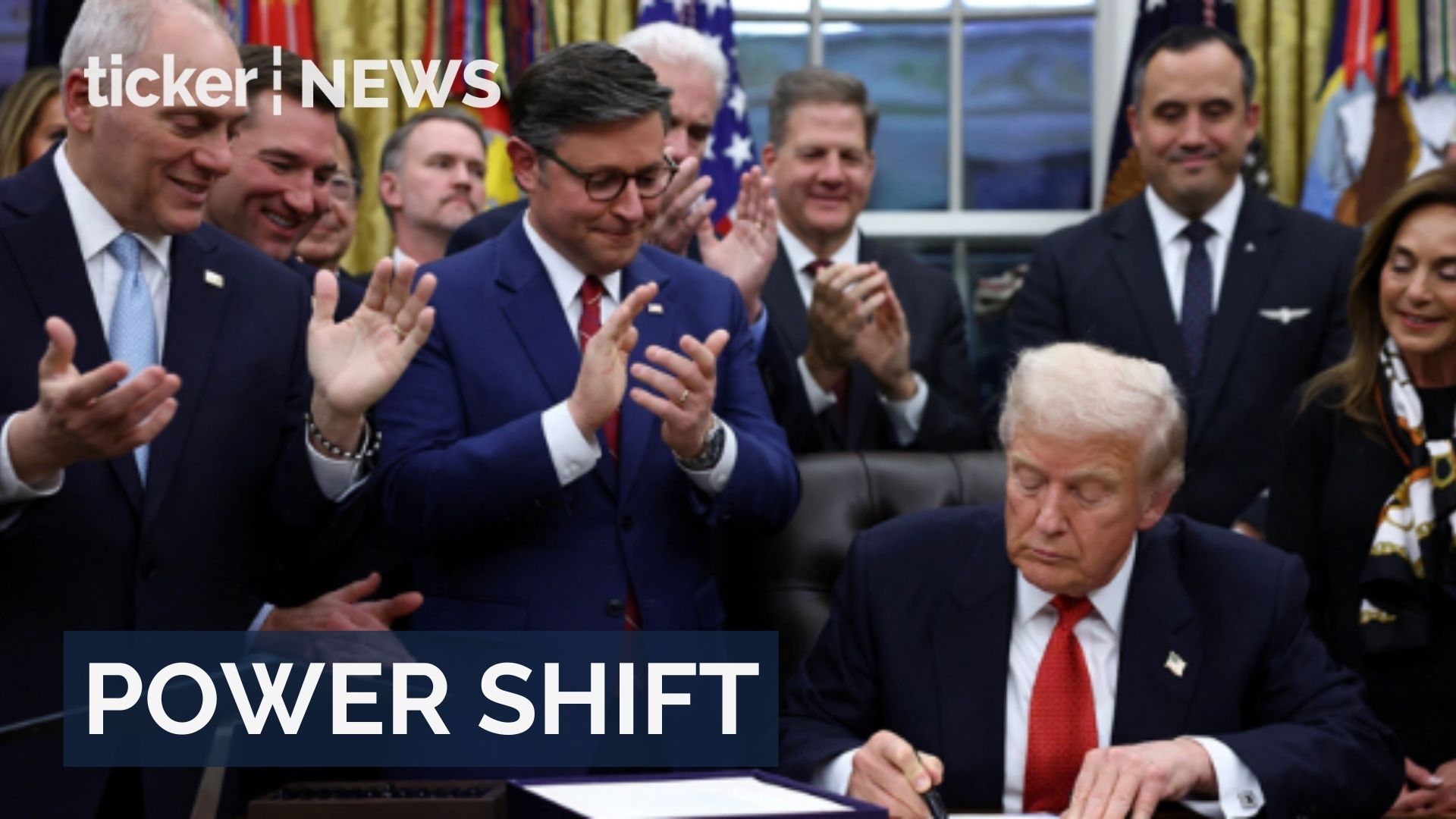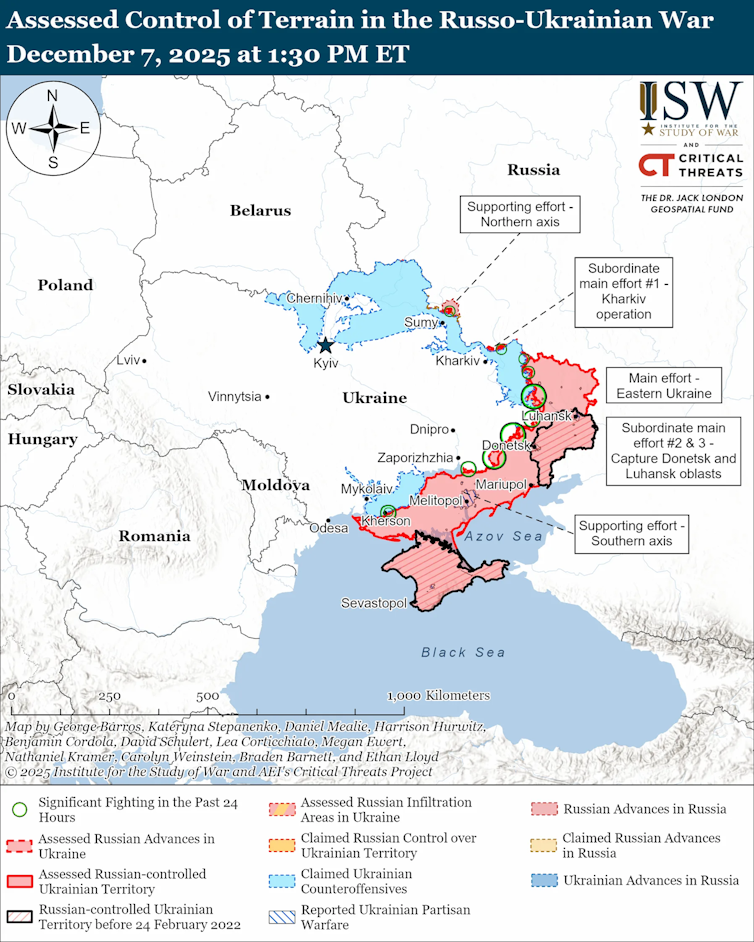Tyler Robinson, the 22-year-old Utah man suspected of having fatally shot right-wing activist Charlie Kirk, is reportedly not cooperating with authorities.
Robinson was apprehended after a more than two-day manhunt and is being held without bail at the Utah County Jail.
While a motive for the shooting has yet to be established, Utah Governor Spencer Cox has highlighted Robinson’s links to gaming and the “dark internet”.
Bullet casings found at the scene were inscribed with various messages evoking gaming subcultures. One of the quotes – “Notices bulges, OwO what’s this” – can be linked to the furry community, known for role-playing using animal avatars.
Another message – “Hey, fascist! Catch! ↑ → ↓↓↓” – features arrow symbols associated with an action that allows players to drop bombs on their foes in Helldiver 2, a game in which players play as fascists fighting enemy forces.
One casing reads “O Bella ciao, Bella ciao, Bella ciao, Ciao, ciao!”, words from an Italian anti-Mussolini protest song, which also appears in the shooter game Far Cry 6. Yet another is a homophobic jibe: “if you read this you are gay LMAO”.
If Robinson does turn out to be a shooter radicalised through online gaming spaces, he would not be the first. Previous terrorist shootings at Christchurch (New Zealand), Halle (Germany), Bærum (Norway), and the US cities of Buffalo, El Paso and Poway were all carried out by radicalised young men who embraced online conspiracies and violent video games.
In each of these cases, the shooter attempted (and in all but the Poway shooting, succeeded) to live stream the atrocities, as though emulating a first-person shooter game.
A growing online threat
The global video game market is enormous, with an estimated value of almost US$300 billion (about A$450 billion) in 2024. Of the more than three billion gamers, the largest percentage is made up of young adults aged 18–34.
Many of these are vulnerable young men. And extremist activists have long recognised this group as a demographic ripe for radicalisation.
As early as 2002, American neo-Nazi leader Matt Hale advised his followers “if we can influence video games and entertainment, it will make people understand we are their friends and neighbours”.
Since then, far-right groups have produced ethnonationalist-themed games, such as “Ethnic Cleansing” and “ZOG’s Nightmare”, in which players defend the “white race” against Islamists, immigrants, LGBTQIA+ people, Jews and more.
Studying radicalisation in gamer circles
For many, the Kirk shooting has resurfaced the perennial question about the link (or lack thereof) between playing violent video games and real-world violence.
But while this is an important line of inquiry, the evidence suggests most radicalisation takes place not through playing video games themselves, but through gaming platform communication channels.
In 2020, my colleagues and I studied an extraordinary data dump of more than nine million posts from the gaming platform Steam to understand this process.
We found evidence of radicalisation occurring through communication channels, such as team voice channels. Here, players establish connections with one another, and can leverage these connections for political recruitment.
The radicalisation of vulnerable users is not instantaneous. Once extremists have connected with potential targets, they invite them into platforms such as Discord or private chat rooms. These spaces allow for meme and image sharing, as well as ongoing voice and video conversations.
Skilful recruiters will play to a target’s specific grievances. These may be personal, psycho-sexual (such as being unable to gain love or approval), or related to divisive issues such as employment, housing or gender roles.
The recruit is initiated into a fast-changing set of cynical in-jokes and in-group terms. These may include mocking self-designations, such as the Pepe the Frog meme, used by the far-right to ironically embrace their ugly “political incorrectness”. They also use derogatory terms for “enemies”, such as “woke”, “social justice warriors”, “soyboys”, “fascists” and “cultural Marxists”.
Gradually, the new recruit becomes accustomed to the casual denigration and dehumanisation of the “enemies”.
Dark and sarcastic humour allow for plausible deniability while still spreading hate. As such, humour acts an on-ramp to slowly introduce new recruits to the conspiratorial and violent ideologies that lie at the heart of terrorist shootings.
Generally, these ideologies claim the world is run by nefarious and super-powerful plutocrats/Jews/liberals/communists/elites, who can only be stopped through extreme measures.
It then becomes a question of resolve. Who among the group is willing to do what the ideology suggests is necessary?
What can be done?
The Australian Federal Police, as well as the Australian parliament, has recognised the threat of violence as a result of radicalisation through online gaming. Clearly, it’s something we can’t be complacent about.
Social isolation and mental illness, which are sadly as widespread in Australia as they are elsewhere, are some of the factors online extremists try to exploit when luring vulnerable individuals.
At the same time, social media algorithms function to shunt users into ever more sensational content. This is something online extremists have benefited from, and learned to exploit.
There is a growing number of organisations devoted to trying to prevent online radicalisation through gaming platforms. Many of these have resources for concerned parents, teachers and care givers.
Ultimately, in an increasingly online world, the best way to keep young people safe from online radicalisation is to keep having constructive offline conversations about their virtual experiences, and the people they might meet in the process.![]()
![]()
Matthew Sharpe, Associate Professor in Philosophy, Australian Catholic University
This article is republished from The Conversation under a Creative Commons license. Read the original article.




